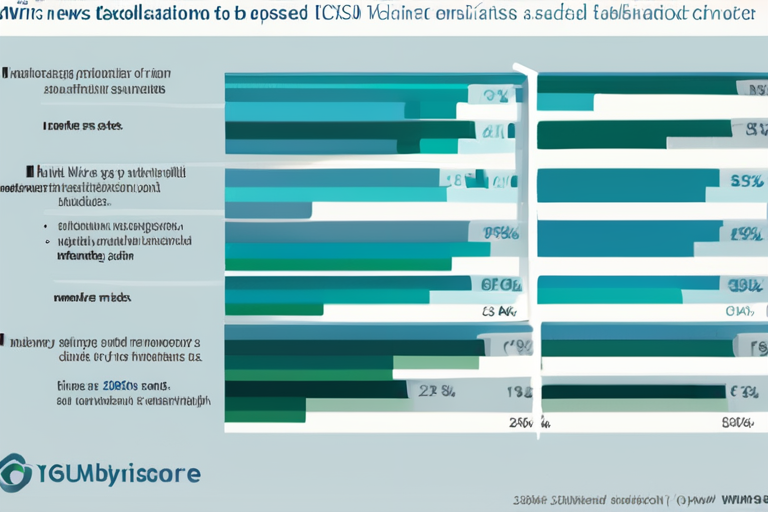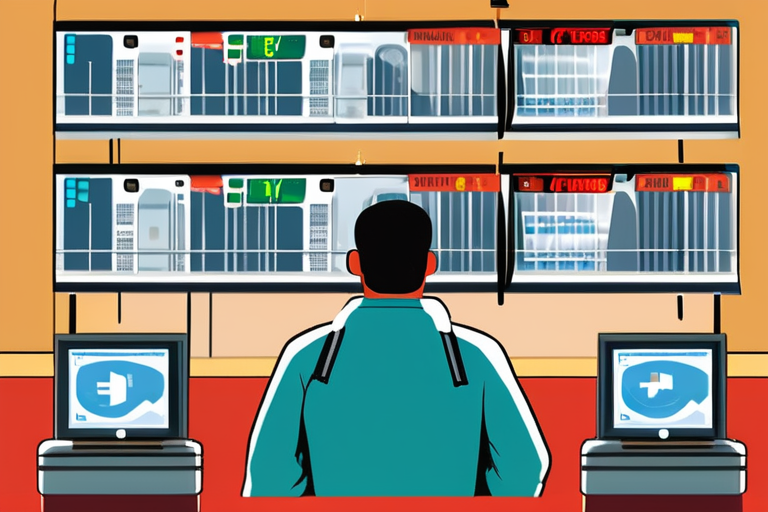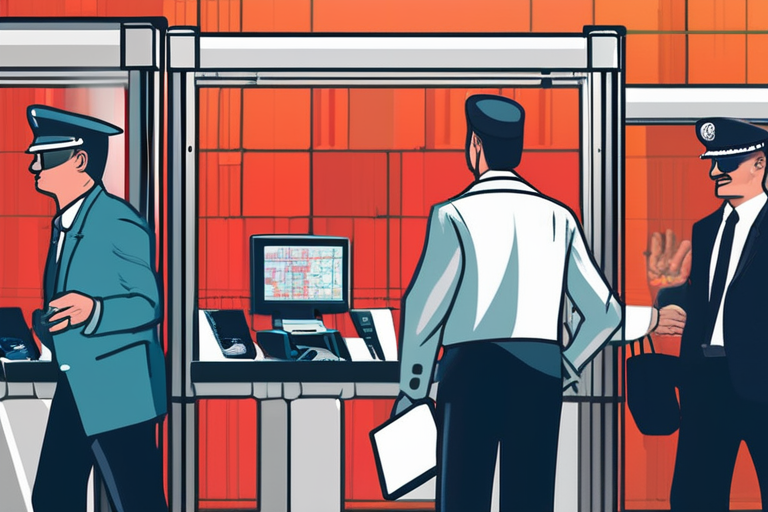In a recent survey of over 500 chief information security officers (CISOs), nearly three-quarters (72%) reported that their organization had dealt with ransomware in the previous year. This alarming trend has significant implications for businesses, particularly those heavily reliant on digital infrastructure. The financial burden of ransomware attacks is substantial, with the average cost per incident reaching $4.62 million in 2025, according to a report by Cybersecurity Ventures.
The economic impact of ransomware is not limited to the direct costs of the attack. A study by the Ponemon Institute found that the average organization experiences a 25% decline in revenue following a ransomware attack. Furthermore, the reputational damage caused by a ransomware attack can be long-lasting, with 60% of consumers reporting that they would be less likely to do business with a company that has experienced a ransomware attack.
The rise of ransomware has been accompanied by a shift in the way businesses approach disaster recovery and business continuity planning. Traditionally, IT teams focused on preparing for physical disasters such as hurricanes, floods, and power outages. However, in recent years, the threat of cyber incidents has become a more pressing concern.
Mark Vaughn, senior director of the virtualization practice at Presidio, has witnessed this trend firsthand. In a recent survey, Vaughn found that nearly two-thirds of attendees had been impacted by ransomware. This is a stark contrast to the traditional disaster recovery playbook, where only a few hands would typically be raised.
The virtualization market, where Presidio operates, has seen significant growth in recent years. According to a report by MarketsandMarkets, the global virtualization market is expected to reach $44.4 billion by 2027, growing at a compound annual growth rate (CAGR) of 12.5%. This growth is driven by the increasing demand for cloud computing, artificial intelligence, and the Internet of Things (IoT).
As businesses continue to invest in virtualization and cloud computing, they must also prioritize cybersecurity and business continuity planning. This includes aligning migration efforts with business continuity strategies to minimize the risk of disruption and ensure that critical systems remain available in the event of a ransomware attack.
In conclusion, the rise of ransomware has significant implications for businesses, particularly those heavily reliant on digital infrastructure. As the threat of cyber incidents continues to grow, businesses must prioritize cybersecurity and business continuity planning to minimize the risk of disruption and ensure that critical systems remain available. By aligning migration efforts with business continuity strategies, businesses can reduce the risk of ransomware attacks and ensure that their operations remain uninterrupted.


























Share & Engage Share
Share this article